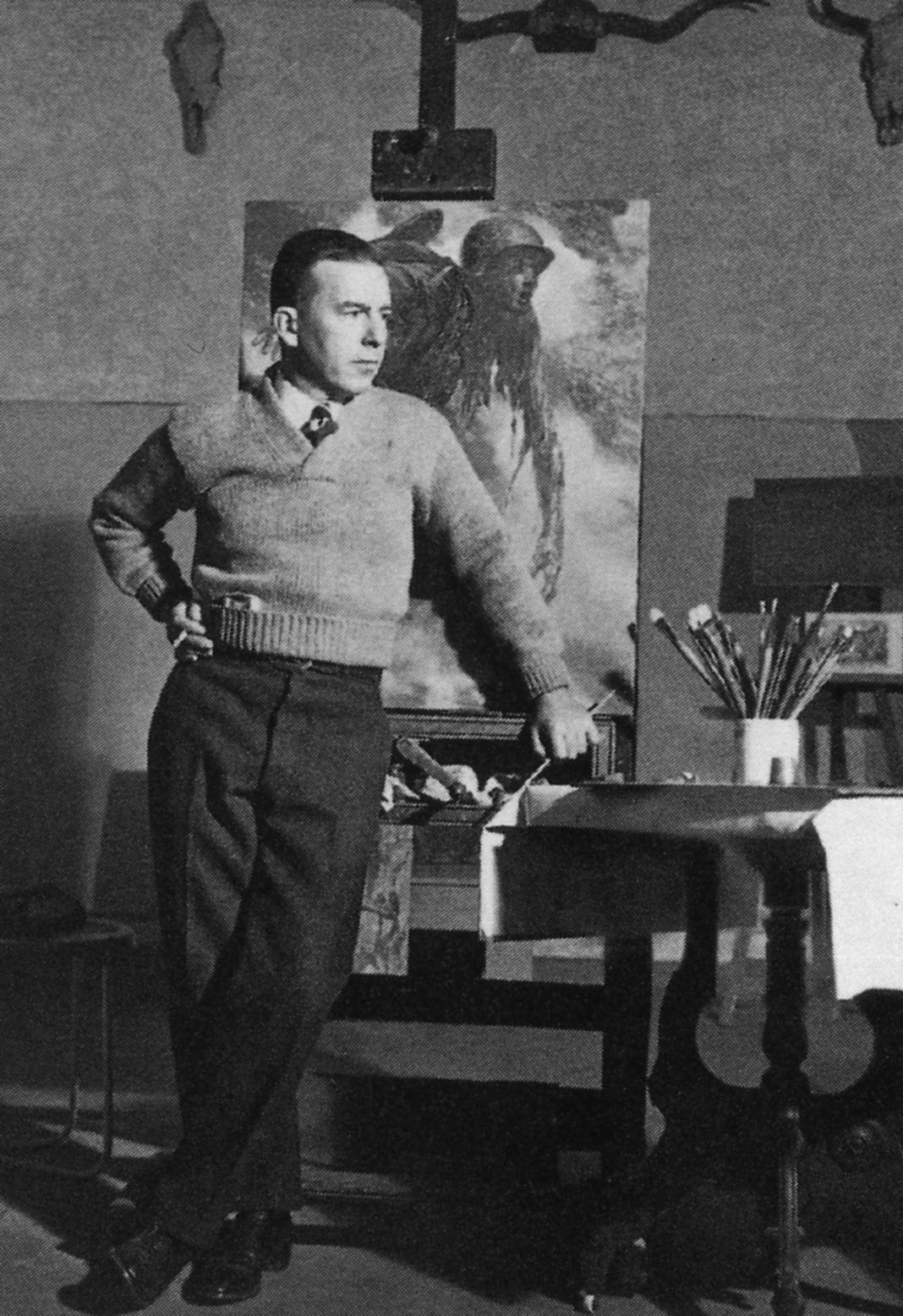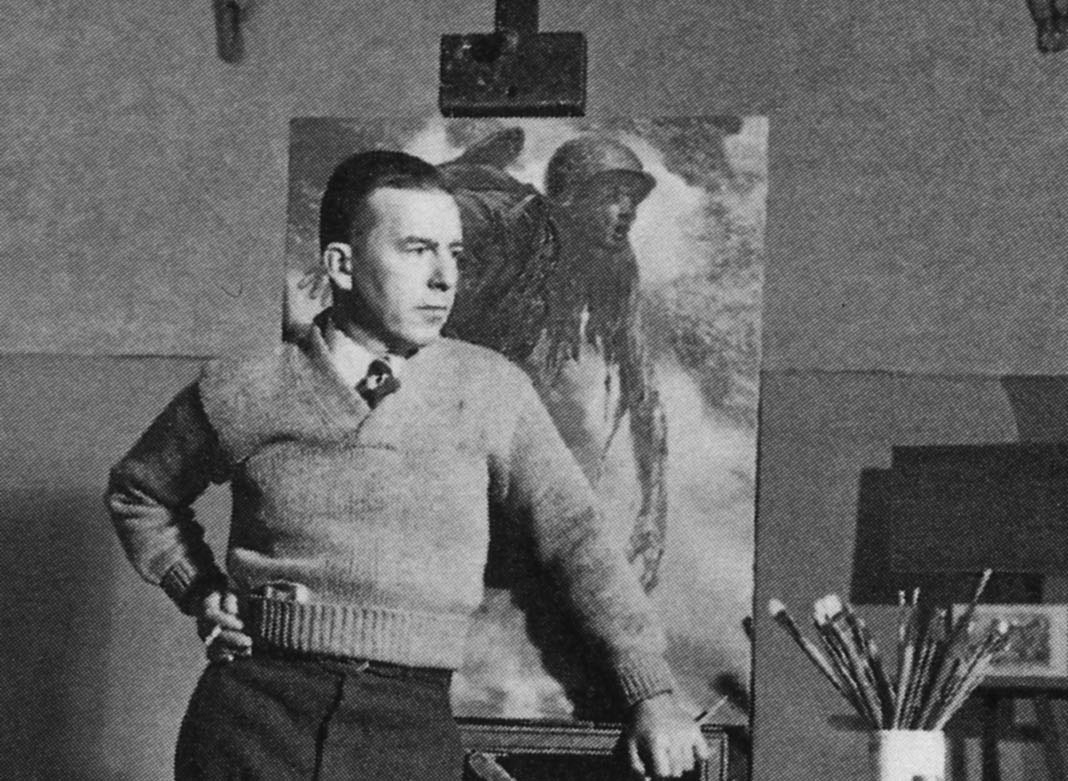Just six days after my father’s passing, another man in El Paso who had a profound influence on my art passed away.

Image courtesy of The Tom Lea Institute
Unlike older generations in my family, I had almost no direct contact with Tom Lea, but his art was no less a part of my life. When I visited my grandparents, instead of playing with the neighborhood children, I would pull out the 11” x 14” x 3” scrapbooks (ten of them!) my grandmother created on art and artists. I spent magical hours studying art from Albright to Zurbarán. And there, nestled between Sir Thomas Lawrence and Doris Lee, was Tom Lea and his horrific and telling World War II illustrations for Life Magazine, plus his magnificent historical portrayals of the Southwest. I placed him no differently in the story of art than Vermeer and Michelangelo.
Having discovered Lea’s work in the scrapbooks, I then found his illustrated books among my parents’ extensive home library. Despite the large selection of artists’ work I could sketch and learn from when I was a teenager, I remember pulling out his book, “The Hands of Cantú” and copying from many of his drawings.

Image courtesy of The Tom Lea Institute

Image courtesy of The Tom Lea Institute
I can’t remember exactly when I discovered that this famed artist, muralist, illustrator and author lived just a few houses away from both my grandparents (Paul & Imogen Moore) and my great uncle and aunt (Charles & Shirley Leavell). Normally, my grandmother hosted the family Christmas Eve party, but once in a while, it was held at my great uncle’s house where I had the shock and pleasure to view firsthand the extraordinary ink wash portrait Lea had done of my uncle. And then I discovered that my favorite painting of Lea’s that had graced the cover of “The Hands of Cantú” belonged to Charles and Shirley and was on view in his company’s corporate office (C. H. Leavell & Company).

Photo ©1995 Ann James Massey
When my other great aunt and uncle (Jimmy & Joey Polk), moved back to El Paso, I was again afforded the opportunity to study another of Tom’s superb portraits. By this time, I was drawing my own black wax pencil portraits, but I knew I could never attain the strength and dignity of Lea’s portrayals of my uncles. He was a giant to me. It never occurred to me to ask any of my relatives if I could meet the master himself. But what I did realize was that someone in El Paso, someone known intimately to my family, was a great artist, and how! That knowledge made me unafraid to pursue my own career in art…and my parents never waivered in their encouragement and support.

Thank you, Tom, for your art, your inspiration, your humanity, your humility and for choosing to remain in El Paso and, as you so poignantly said, “on the sunrise side of the mountain…the side to see the day that is coming. Not the side to see the day that is gone.”

To discover more about Tom Lea, please go to the Tom Lea Institute.
Originally printed in the “Massey Fine Arts” newsletter Vol. 9 No. 1, Winter ©2001 – 2002, 2022 by Ann James Massey, SWA, CPSA, UKCPS, AAPL


